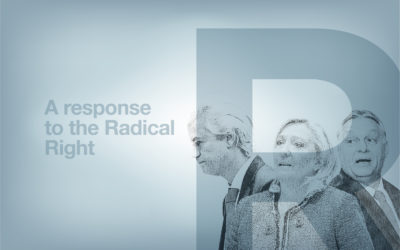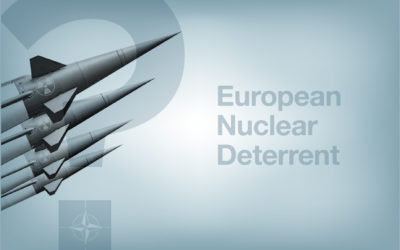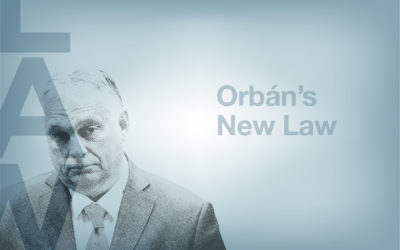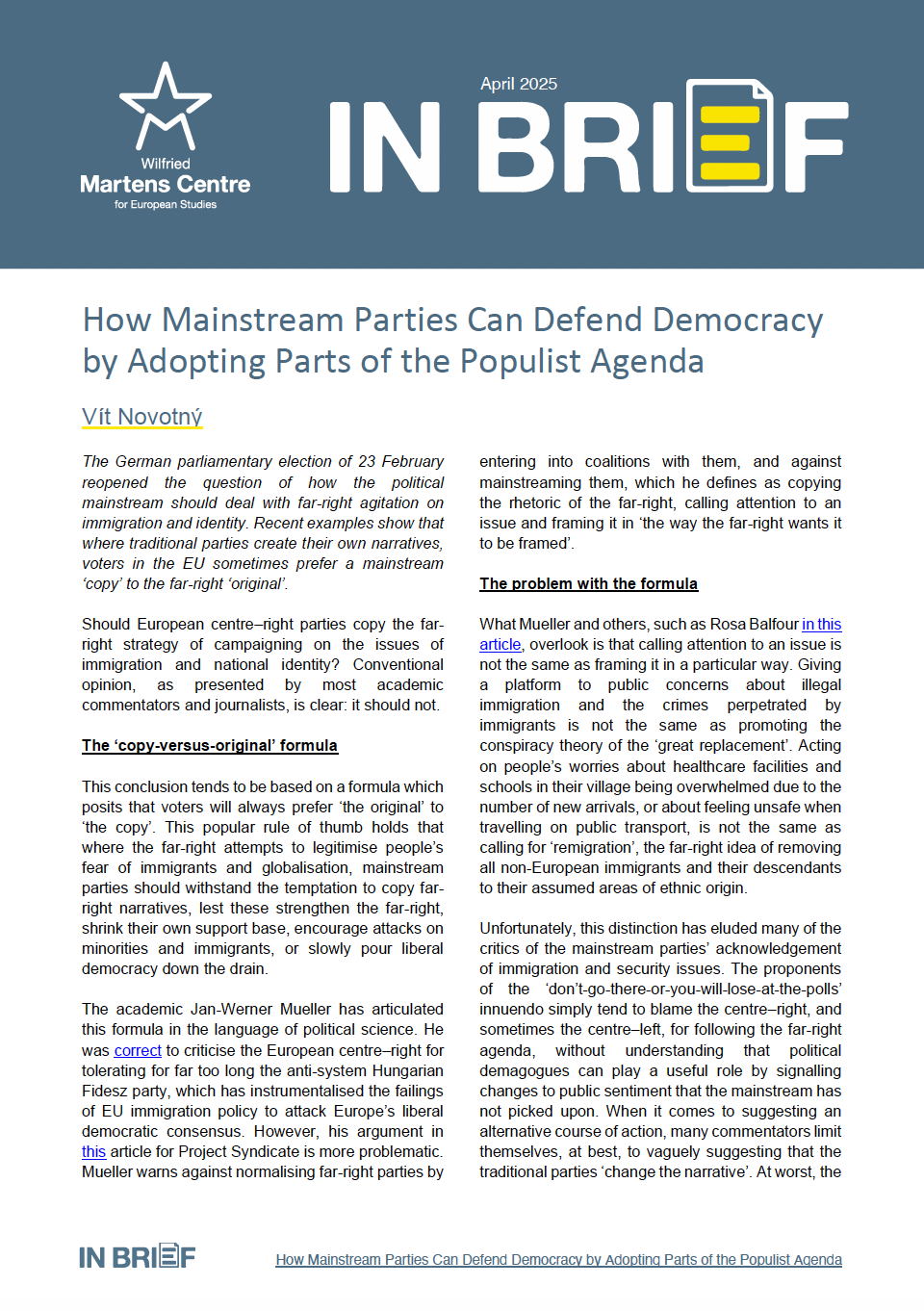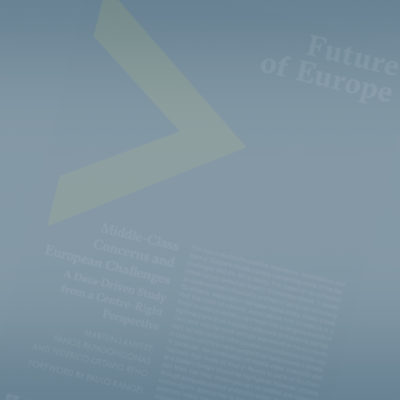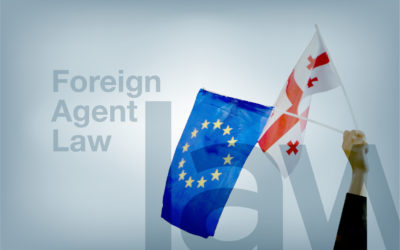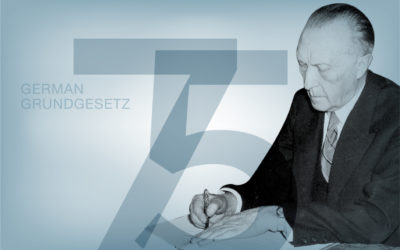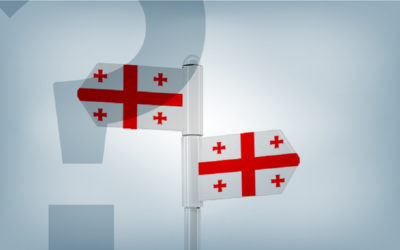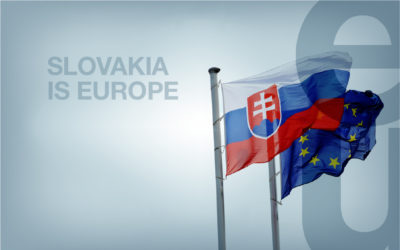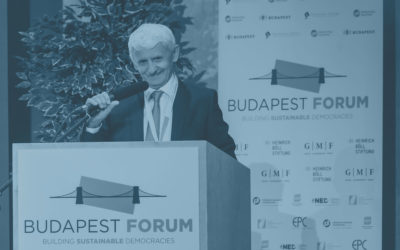The End of Power: A book review
14 October 2015
Power is decaying everywhere. In business, politics, the military, religion and even in chess, jokes economist Moisés Naím pointing at the decline of Russian supremacy in this field. In The End of Power: From Boardrooms to Battlefields and Churches to States, Why Being in Charge Isn’t What It Used To Be (2013) Naím argues his case with compelling evidence, while making an obvious reference to Francis Fukuyama’s classic book The End of History and the Last Man.
A book in which the American political scientist saw the triumph of Western liberal democracy after the Cold War as a possible end point of mankind’s ideological evolution. Does the ambitious reference live up to its promise then? The author surely comes close to that.
He kicks off by presenting a very clear definition of power as ‘the ability to direct or prevent the current or future actions of other groups and individuals.’ ‘Power’, he says, ‘has a social function. Its role is not just to enforce domination or to create winners and losers: it also organises communities, societies, marketplaces, and the world.’ This refined analysis proves to be an indispensable foundation for his conclusions later on.
When debating the issue of ‘power’ Naím does not forget to mention the patriarch of power theory: 17th century political philosopher Thomas Hobbes. Hobbes said that ‘during the time men live without a common power, a Leviathan to keep them all in awe, they are in that position which is called war and such a war as is of every man against every man.’
These days, the world is confronted with power shifts, secularization and a steady decline of traditional institutions. According to the author, the current Leviathan is therefore nowhere to be found and with this statement he does have a point.
In business, for example, the market power of large firms has declined due to global competition in emerging economies. Large enterprises like Nokia and Yahoo have lost their significance, and it is clear that the future belongs to creative small firms and dynamic technological companies. Power in the corporate sector is diminishing and harder to hold on to when you get it.
The monopoly position once held by traditional political parties as spokesperson for society’s grievances, hopes and demands has been eroded. In Europe especially, the influence of traditional political parties is fading rapidly: on average only around 4.7 per cent of the national electorates are members of a political party today.[1]
This trend has paved the way for the success of ad hoc, fast paced, electoral machines. Some extremist parties are also profiting from it, given the fact that they often profit from the so called ‘protest vote’. One has to look no further than the results of the 2014 European elections for a confirmation.
The author presents the case of the decline of military power too. He coins the term ‘minilateralism’ to indicate that at present it takes a smaller amount of countries or resources to make a global impact. Al Qaeda spent about $500,000 to produce 9/11, whereas the direct losses of the destruction plus the costs of the American response to the attacks were $3.3 trillion.
Unfortunately as with this case and other examples, facts and figures used in the book we do not get the most up to date information. In a rapidly evolving international world order where regional conflicts multiply this is no minor detail, and one might have wished for more recent examples.
Finally, Naím considers the decline of religion, arguably one of the direst cases in the book. Religious organisations traditionally had the power to determine the patterns of social behaviour. The decline in the number of practicing Christians represents a drastic case of decay of power, removing it from large hierarchical and centralised structures and in favour of a constellation of small and nimble autonomous players.
The overall decay of traditional institutions cannot be without consequences; without them, the risk of disorder emerges. Moreover, their demise implies the disappearance of the highly specific knowledge they often embodied, which is not easy to replicate for newcomers. Additionally, the more slippery power gets, the more likely it is to be governed by short term incentives and fears.
On a psychological level, these changes in power structure, traditional hierarchy, predictable norms and rules can lead to disorientation, because the social function of power, so clearly captured in Naím’s definition of it, is hindered. Interestingly, Naím believes the danger of alienation in modern societies is even more severe than that of recent threats such as radical Islam. Had it been written this year (as opposed to 2013), this position would have been controversial, to say the least.
In the final chapter, the author states that ‘big power is not dead, but these old institutions are more constrained than ever in what they can achieve.’ For our societies to adjust to this new reality, a new wave of political and institutional innovations will be needed. We had one such wave of political innovations after World War II, when the desire to prevent another global conflict led to the creation of institutions such as the United Nations, the International Monetary Fund, the World Bank and the European Union. A new wave of innovations brought about by the transformation of power structures, Naím argues, is inevitable.
Overall, The End of Power is a highly sophisticated work. Although the book is not flawless – for a second edition the author should definitely consider updating his facts and figures – it offers an interesting interdisciplinary reflection on the corrosion of traditional powers. It remains to be seen if the book will become a classic comparable to Fukuyama’s The End of History. In the meantime, The End of Power certainly makes for provocative reading and helps us realise what momentous and often unnoticed transformations power is undergoing in our time.
The European centre-right was a front runner in developing some of the now ‘traditional’ institutions founded after World War II. It should therefore remain future-oriented and open to innovative solutions for the pressing societal challenges of today. However, it should do so without undermining its belief in the importance of strong communities and civil society.
[1] http://blogs.lse.ac.uk/europpblog/2013/05/06/decline-in-party-membership…
ENJOYING THIS CONTENT?




